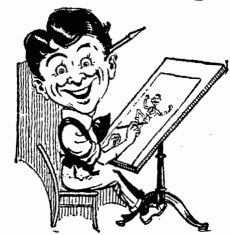|
Unworkable Devices as Fine Art
There are two kinds of perpetual motion machines: those that don't work as the inventor intended, and those that seem to work because fraud and deception has been used. Both can be considered works of art, the former for their ingenuity and the latter as kinetic illusions that "fool or perplex the mind".Here are examples of the very human desire to transcend the limitations of nature—to achieve the unachievable. These are goals common to all of the arts. Though none of these devices are what they appear to be, they are nonetheless fascinating to analyze, for they take us out of the mundane world of "what can be" to the fantasy world of "what might be— if only things were not as they are". This gallery is a celebration of hope, faith, perseverance and futility.
An early example of artistic satire on perpetual motion.
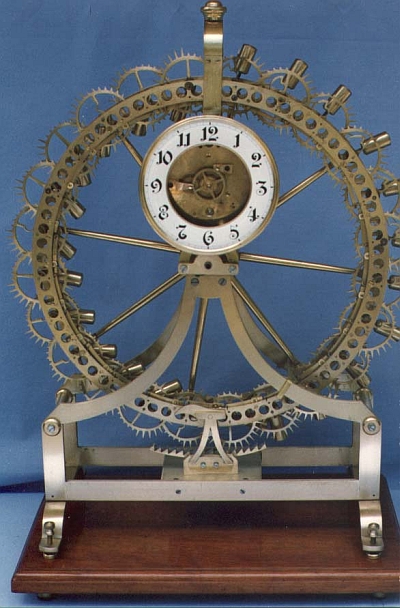 |
A Perpetuum Mobile Clock.
Skeleton clocks were masterpieces of the clockmaker's artistry. They were open, exposing the mechanism to full view, and often exaggerating and embelishing the mechanism beyond the requirements of timekeeping.
The original of this skeleton clock was constructed by Jean and David Geiser in Neuchatel in 1815. It spoofs a classical overbalanced wheel perpetual motion machine in which the weights move so that when on the right side they are further from the axis. The (false) assumption of perpetual motionists was that, being always heavier on one side, it would turn perpetually. By the time this clock was made, that idea was thoroughly discredited. This design spoofed the idea.
Henry Dircks, in his Perpetuum Mobile, says:
M. Poppe of Tubingen tells of a clock made by M. Geiser, which was an admirable piece of mechanism and seemed to have solved this great problem in an ingenious and simple manner, but it deceived only for a time. When thoroughly examined inwardly and outwardly, some time after his death, it was found that the center props supporting its cylinders contained cleverly constructed, hidden clock-work, wound up by inserting a key in a small hole under the second- hand.This picture is from the The Physics Museum at the University of Queensland.
The devious deceptions of David Jones
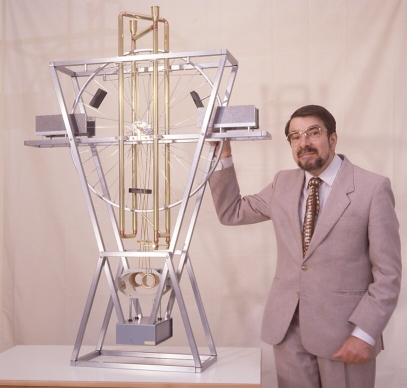 |
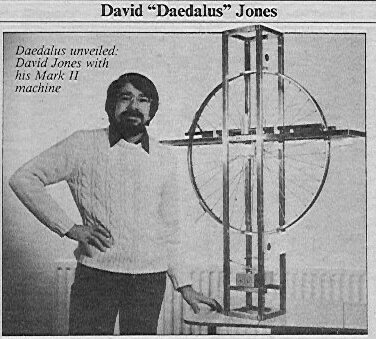 |
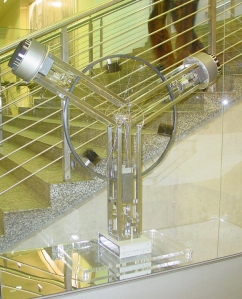
|
Above right is one of Jones' earliest creations. At the right is his beautiful machine on display at the Technical Museum of Vienna in 2003. You can see it constantly turning here.
 |
Asa Jackson's wheel
Historians of perpetual motion say little about such activity in the USA. Yet at flea markets and farm sales one occasionally sees examples of machines of unknown origin that are obviously attempts to duplicate classic perpetual motion designs, constructed by blacksmiths, carpenters, farmers and machinists.Asa Jackson (1792-1870) and his sons made several such wheels. One survives in the Museum of Appalachia in Norris, Tennessee. It is an elaborate and carefully constructed geared wheel made of wood. Information about the circumstances surrounding this invention is frustratingly fragmentary. Asa Jackson demonstrated it locally, and during the Civil War he hid it in a cave, removing some parts, to ensure that its secret didn't fall into the hands of the Yankees. The surving machine, now reassembled, shows wear marks on the gear teeth indicating that it had been running for some while.
This picture was supplied by David W. R. Brown, who has compiled complete engineering drawings and photos of every part of this device in a book, with accompanying CD. It can be obtained from the Museum of Appalachia website, or see the Asa Jackson's Wheel website for more information. No one has gotten this reassembled wheel to turn continually. Perhaps some crucial parts are missing. But it certainly is a work of art.
Leonardo da Vinci's studies of overbalanced wheels
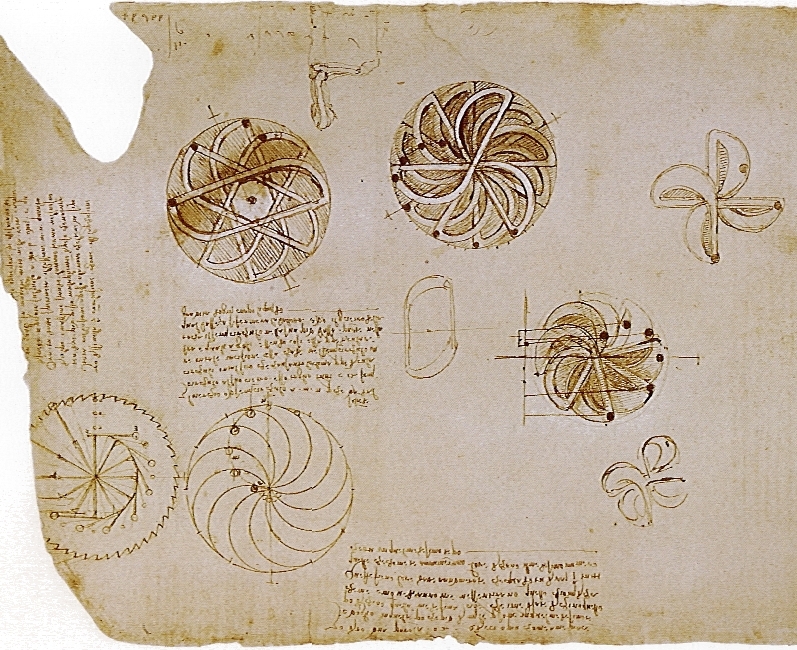
This remarkable page from Leonardo's notebooks shows his analysis of perpetual motion ideas that originated in 8th century India and reached Europe via Arabia. The orientation of the figures on the page is not consistent. The vertical axis on each is shown as a straight line with short crossbars. The toothed ratchet around the rim of some of the wheels shows that Leonardo intended to build models and analyze their static balance in various positions of rotation. The wheel at center right shows construction lines for mathematical analysis, something like our modern torque analysis.
The classic overbalanced wheel
 |
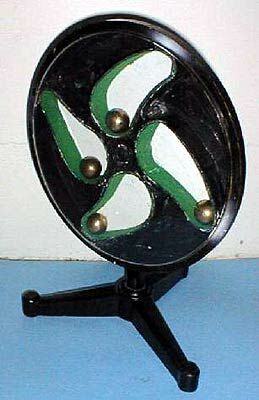 |
This form of "overbalanced" wheel was supposed to continually keep more weight on one side of the axle than the other. The original idea, we speculate, was that the curved contour would allow the weights to move more quickly from outside to inside than a straight path, maintaining a state of unbalance. This might have been an application of the "brachistochrone paradox". Supposedly this would cause the wheel to turn one direction or the other, we can't be sure which, because all such wheels stubbornly refuse to turn on their own, and if given a push, they turn no longer than a simple wheel would, no matter which direction you push them.
Why is this in the physics demonstration apparatus collection of the Dept. of Physics, Univ. of Illinois at Urbana-Champaign? To show students that if the wheel is given a push to set it turning, it comes to a stop just as soon as it would if the "overbalancing" weights weren't there. I am still waiting for more information on the company that made this, for I've never seen it elsewhere.
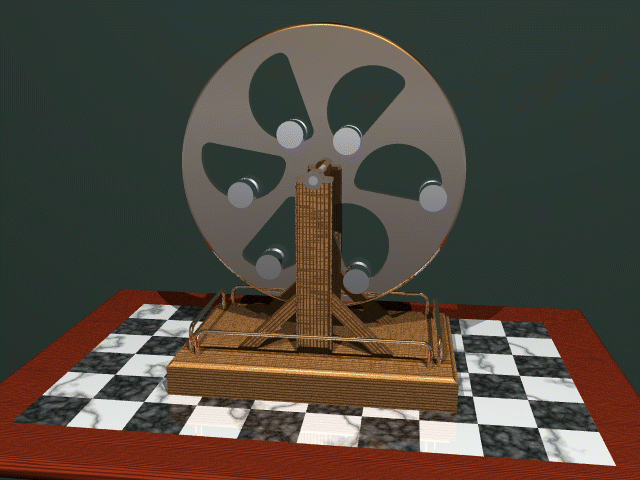
Bob Shadewald created this modern realization of the classic overbalanced wheel. Compartments with one straight and one curved side contain weights free to move. In this version, they are rollers.
Bob Shadewald's BS Gravity Engine
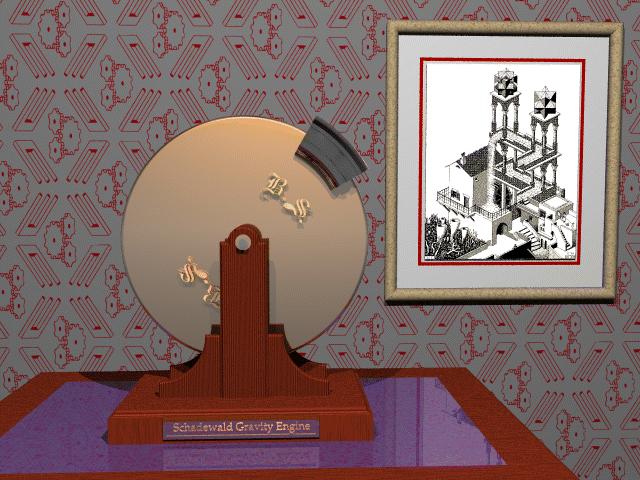
 |
Bob has incorporated M. C. Escher's "Waterfall" into the picture, another example of artistic realization of impossible physics. The wallpaper design includes Simanek's impossible gears and the classic "impossible fork".
Gilbert's machine
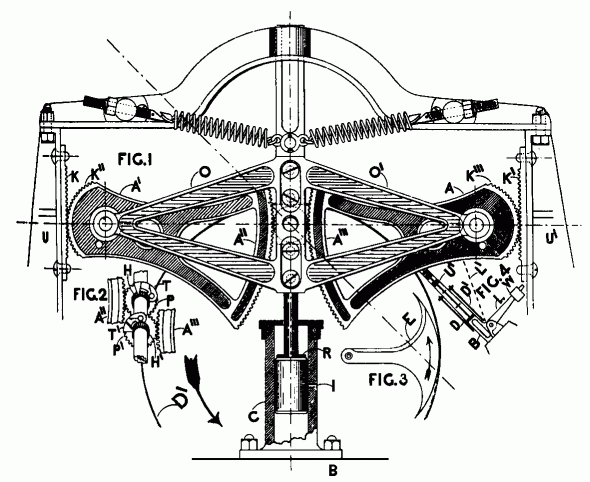
Even an engineering drawing can be a work of art. It's a good thing that Gilbert showed arrows to indicate the direction of rotation, for we couldn't figure it out by analyzing the mechanism, and experimental tests didn't tell us, either.
Mathematical Perpetual Motion
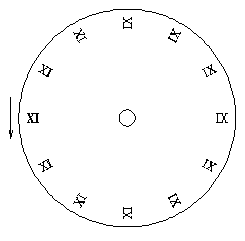 |
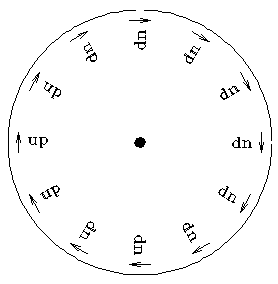 |

We don't know who first noticed the rotational symmetry of the numbers "6" and "9". But obviously, since 9 is greater than 6, the side with the 9s is heaver, and this wheel should rotate in the direction shown. Of course, mathematical truths do not always translate to physical truths.
However, we notice that the same principle works with Roman numerals, demonstrated by the IX-XI wheel. It even works with abbreviations as in the up and dn wheel. Here the arrows enhance the impetus of the wheel.
Twisted reality.
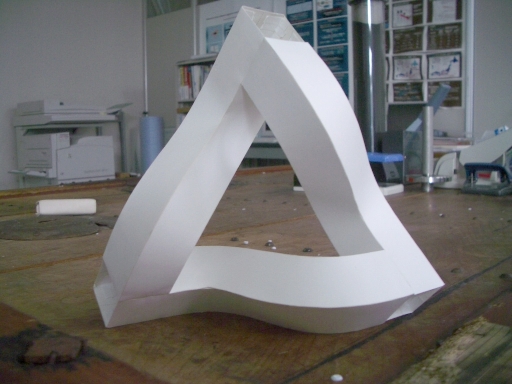
 The Penrose illusion called the "impossible tribar" is a challenge for folks who'd like to model it in 3 dimensions. David Ross and Shin-taro Takeucci of the Tokyo University of Agriculture and Technology in Japan did some computer modeling from which they constructed this marvelous paper sculpture. Of course they put their own twist on it.
The Penrose illusion called the "impossible tribar" is a challenge for folks who'd like to model it in 3 dimensions. David Ross and Shin-taro Takeucci of the Tokyo University of Agriculture and Technology in Japan did some computer modeling from which they constructed this marvelous paper sculpture. Of course they put their own twist on it.
Here's the challenge. Can such a solid model be constructed so that when seen from one (or perhaps more) particular vantage appoints, will duplicate the appearance of the classic Penrose illusion (shown at the right)? David tells me they have a model nearly finished, and will share it with us. In the meantime, look at the animation they have done.
Virtual Ball Machines.
For the ultimate perpetual motion machine experience, take this link to Blue Ball Machine". It may take a while to load. Note that the machine is designed to be infinite in extent, so you only see a finite portion of it. In your browser press F11 to see it full screen, and press f11 again to return to normal display. For more about its history and its variations see Blue Ball Machine.
Return to Donald Simanek's front page.
Return to the Museum of Unworkable Devices' Main Gallery.
Return to the top of this document.
